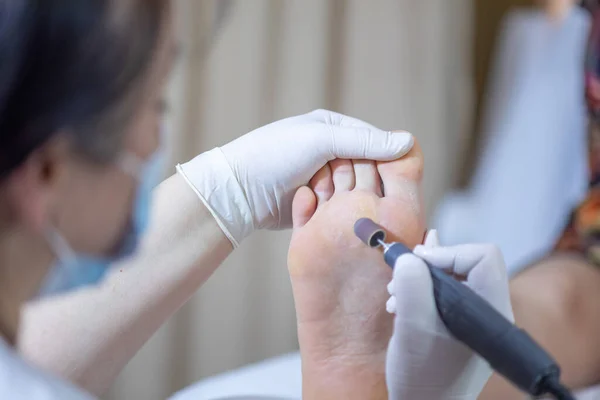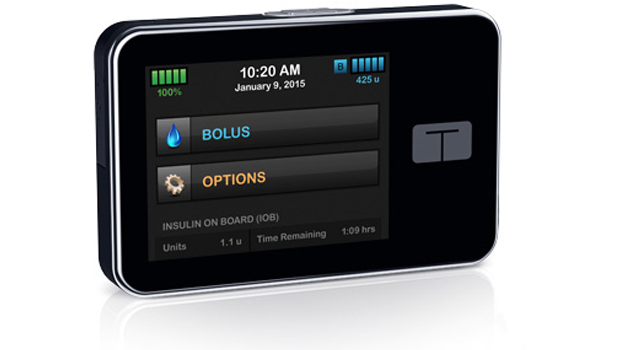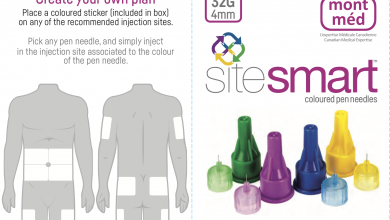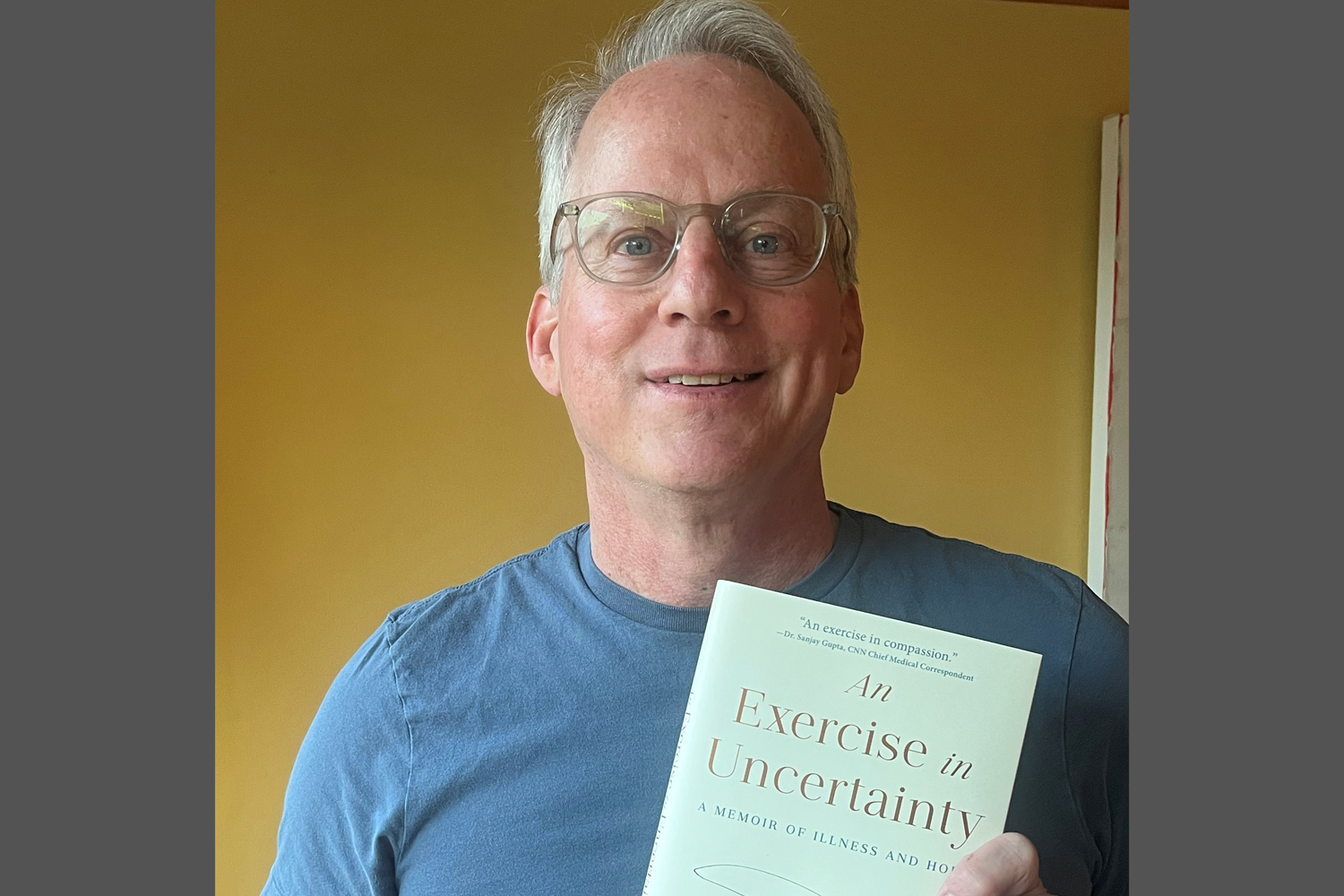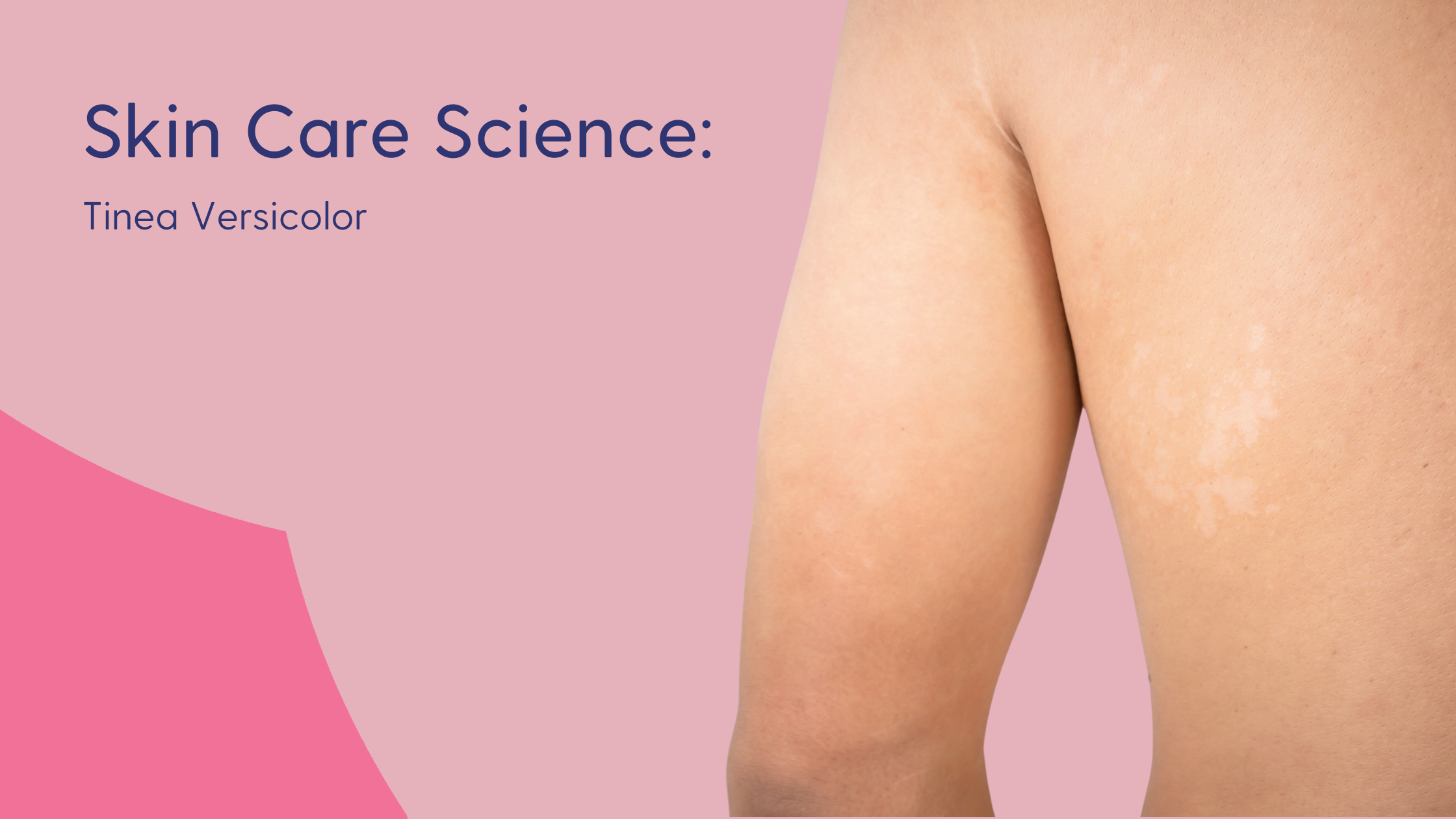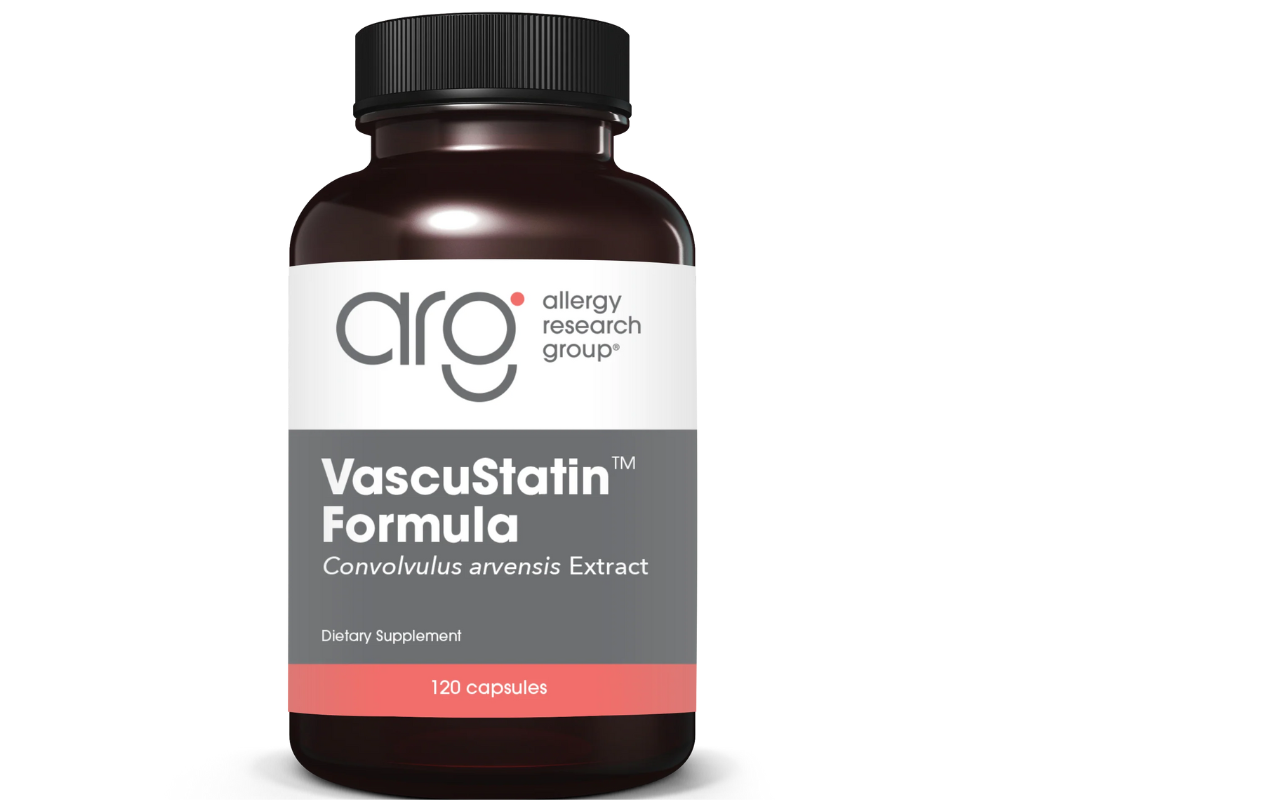EASD 2025: Findings on Overweight, Obesity, and Glycemic Outcomes

At the 61st Annual Meeting of the European Association for the Study of Diabetes (EASD), held September 15 to 19, 2025, Jaime Lucove, Sr Director of Real-World Evidence, from T1D Exchange, presented recent findings that examine the association between body mass index (BMI) and A1C in adults living with type 1 diabetes (T1D).
The study, titled “Overweight, Obesity, and Glycemic Control: Insights from the T1D Exchange Registry,” shines a spotlight on the growing prevalence of overweight and obesity within the T1D community and the complex relationship between weight and blood glucose management.
Background
Research over the past decade has made it clear that overweight and obesity are also highly prevalent among people with T1D. Managing weight can be challenging for many people with T1D, and our findings point to an association with A1C levels.
Study Design
For this project, our research team utilized data from almost 1,000 adults who completed the T1D Exchange Registry annual questionnaire in 2023. Participants shared information such as age, sex, race/ethnicity, weight, and height.
These details were securely linked with laboratory-measured A1C results using a privacy-protecting process, allowing researchers to examine relationships between BMI and A1C without compromising confidentiality. Adults diagnosed with T1D in 2022 or 2023 were excluded, as A1C and weight can fluctuate significantly following diagnosis.
The study included a prevalence assessment to estimate rates of overweight and obesity among participants, along with an association analysis to examine how A1C levels related to the likelihood of being classified as obese.
Key Results
Our investigators examined the prevalence of four BMI classifications, commonly used in research studies: underweight (BMI < 18.5 kg/m2), normal (BMI 18.5-24 kg/m2), overweight (BMI 24-29 kg/m2), and obese (BMI >=30 kg/m2). The findings confirm what many clinicians and researchers have noticed: overweight and obesity are common in adults with T1D.
We found that:
- 35% of participants were classified as overweight
- 30% were classified as obese
- 34% fell within the normal BMI classification.
Our research team found that a lower A1C is associated with a lower BMI. Notably, the likelihood of being in the “obese” BMI category increased as A1C increased. For instance, in logistic regression models, individuals with A1C levels between 8.0–8.9% had nearly four times the odds of being classified as obese compared to those with an A1C under 6.0%.
Table 1 (below) visualizes this trend: as A1C rises, the percentage of individuals classified as “overweight” and “obese” also increases. At the highest A1C levels (≥9.0%), 46% of the participants were classified as “obese”.

Why It Matters
These findings point to an important takeaway: a significant number of adults living with T1D in the U.S. have overweight or obesity, and we need strategies that address blood glucose management and weight together, rather than in isolation.
Looking Ahead
Future research could explore behavioral approaches, such as nutrition and exercise programs for people with T1D, and medical treatments like GLP-1 receptor agonists, which are already being studied in this population due to their ability to influence both weight and A1c.
By continuing to investigate and raise awareness of the many aspects of life with T1D, the T1D Exchange Registry attempts to ensure that strategies to improve health outcomes in T1D address the comprehensive realities of living with the condition.
Learn more:
- Semaglutide in Adults with Type 1 Diabetes and Obesity
- Regional, age-specific and sex-specific trends in the prevalence of overweight or obesity in type 1 diabetes from 1980 to 2020: a meta-analysis of 78 observational studies with 650,265 participants
The post EASD 2025: Findings on Overweight, Obesity, and Glycemic Outcomes appeared first on T1D Exchange.
What's Your Reaction?
 Like
0
Like
0
 Dislike
0
Dislike
0
 Agree
0
Agree
0
 Disagree
0
Disagree
0
 Excellent
0
Excellent
0
 Useful
0
Useful
0
 Great
0
Great
0





